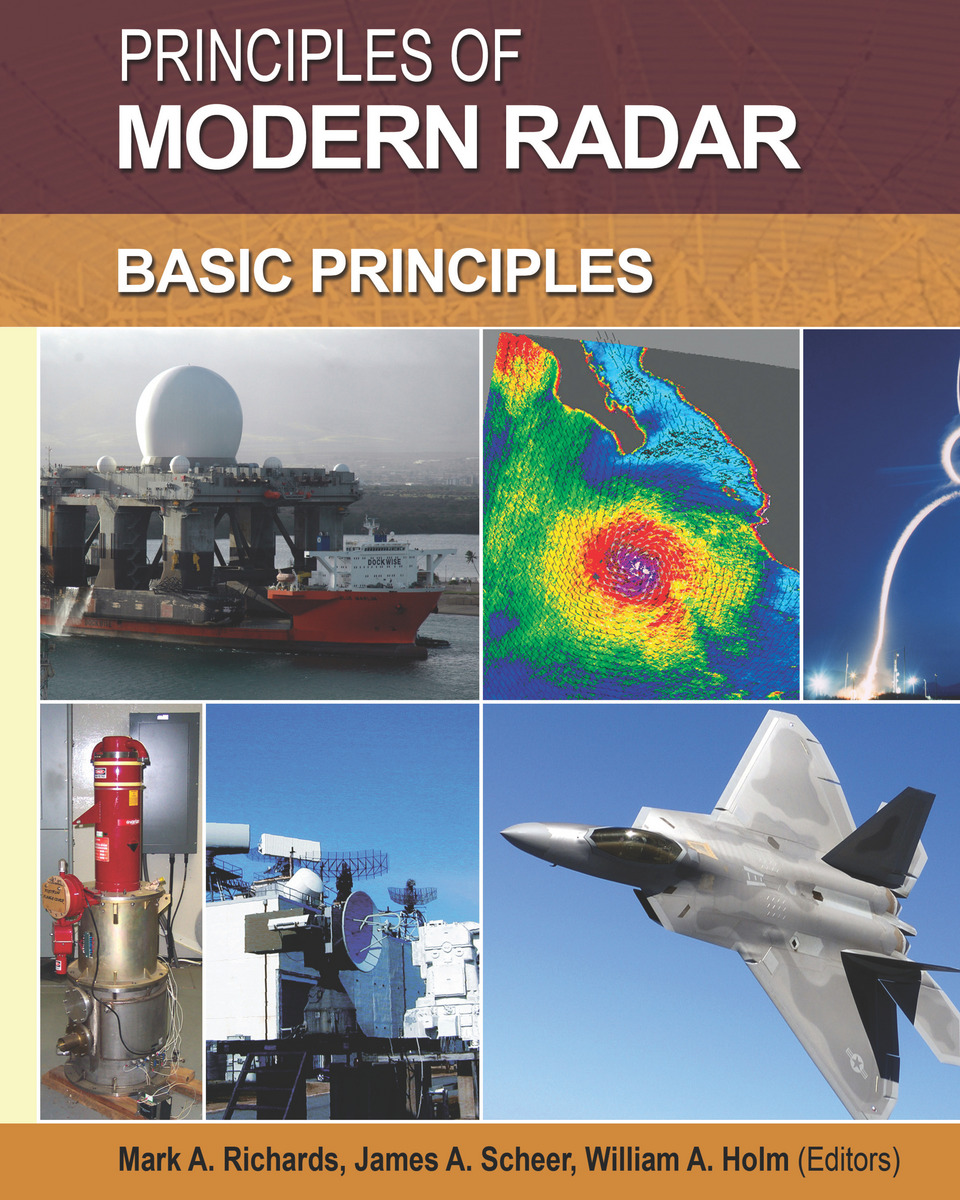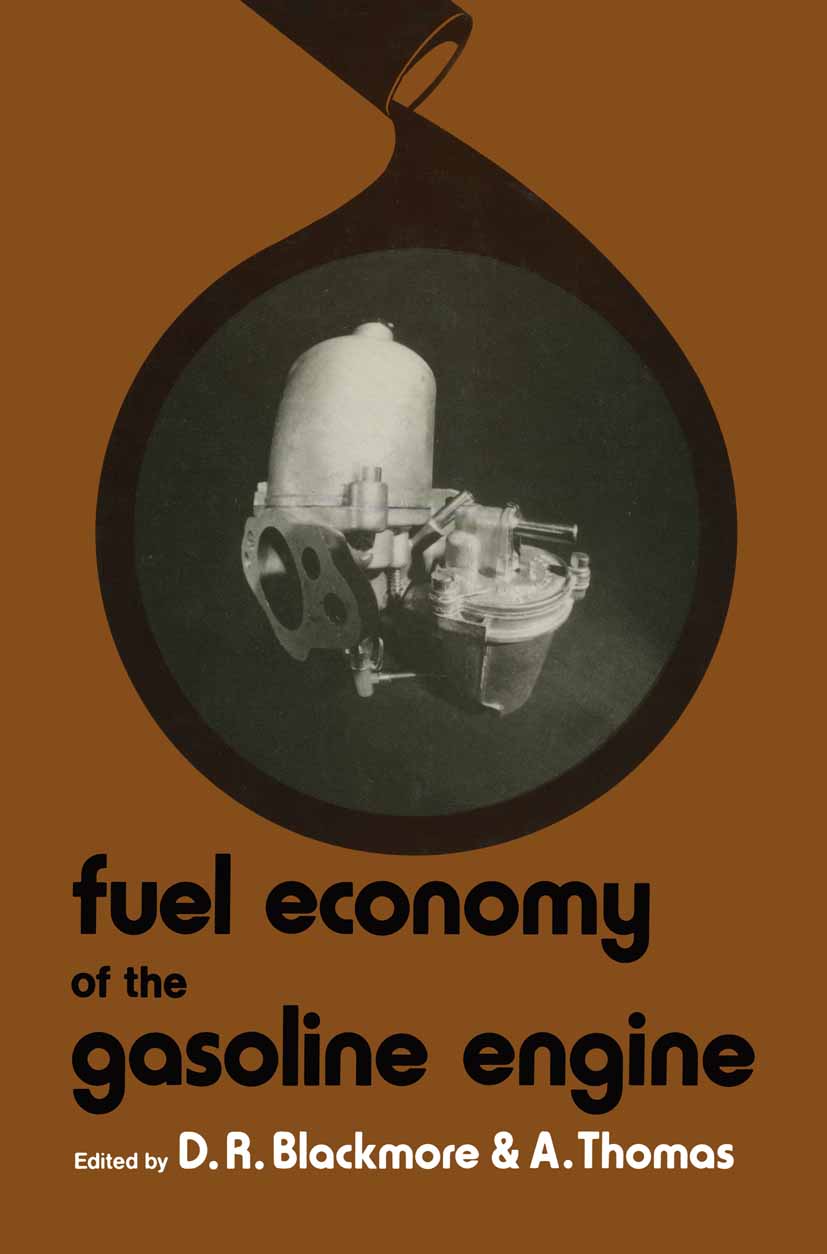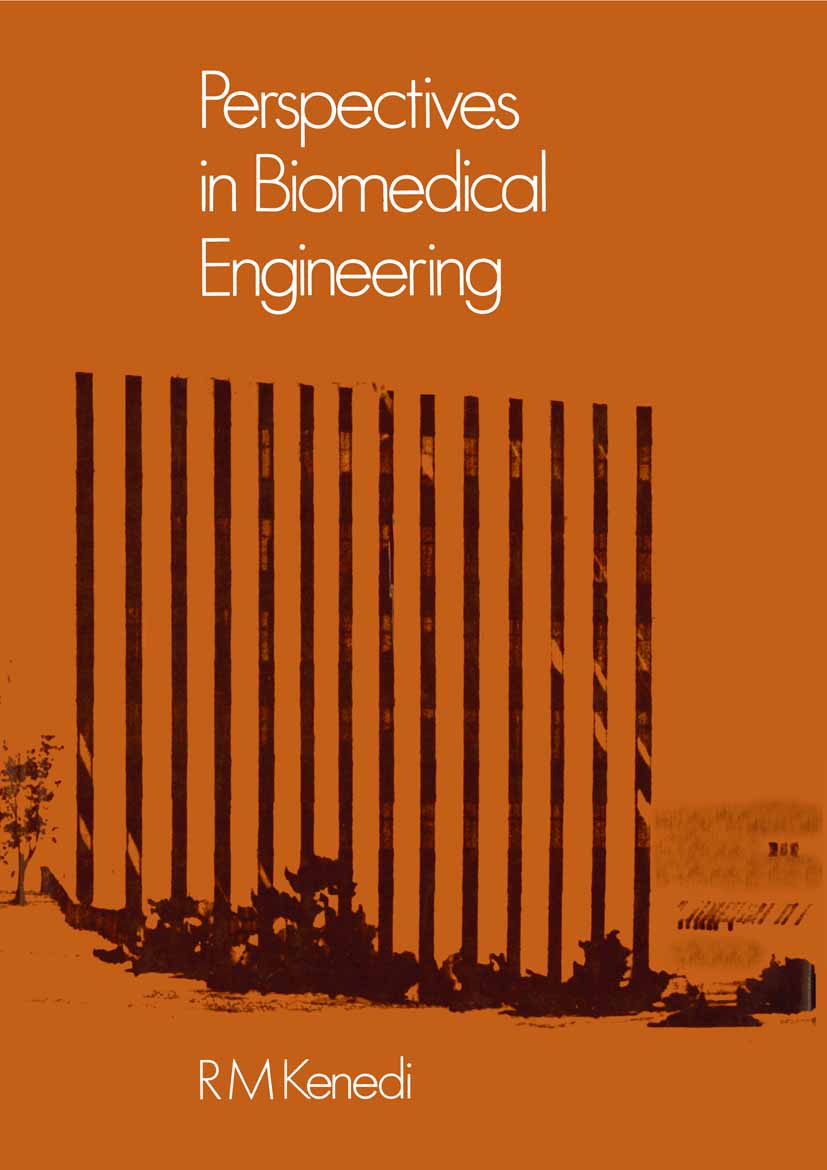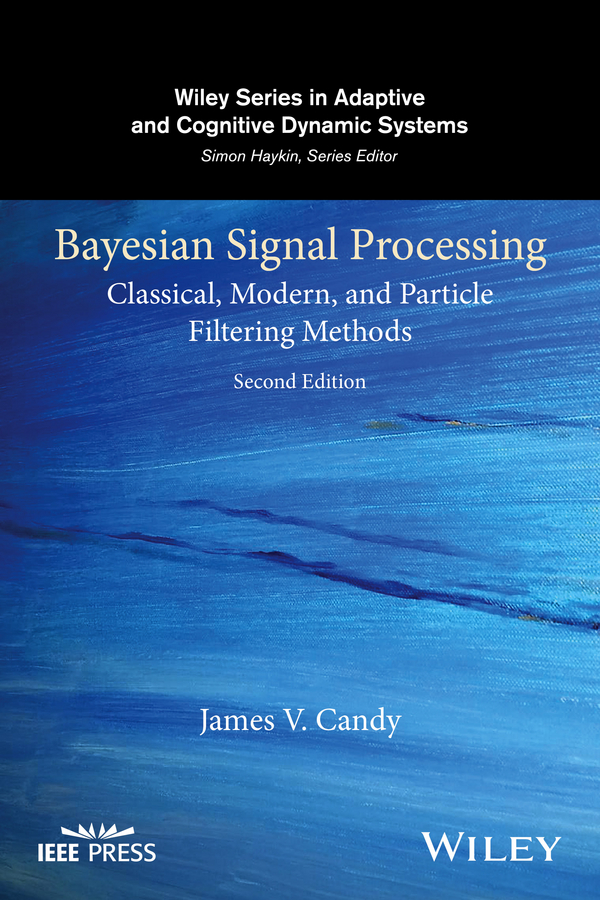Engineering Models In High-speed Penetration Mechanics And Their Applications (In 2 Volumes)
by Gabi Ben-dor
2020-07-22 11:35:13
Engineering Models In High-speed Penetration Mechanics And Their Applications (In 2 Volumes)
by Gabi Ben-dor
2020-07-22 11:35:13
This two-volume, 1100 pages, 38 chapters book is a significantly expanded, revised and updated version of the monograph by the authors published in 2013 (Ben-Dor, G, Dubinsky, A, Elperin, T, ''High Speed Penetration Dynamics: Engineering Models and M...
Read more
This two-volume, 1100 pages, 38 chapters book is a significantly expanded, revised and updated version of the monograph by the authors published in 2013 (Ben-Dor, G, Dubinsky, A, Elperin, T, ''High Speed Penetration Dynamics: Engineering Models and Methods,'' Singapore: World Scientific Publishing Company). The contents increased by 60%, the number of titles in bibliography doubled and reached 1600; and the scope covers a range of new topics related to hypervelocity penetration, along with high-speed impact.Presented material is structured into two parts. The first part includes description and analysis of practically all known engineering models for calculating high-speed penetration of projectiles into concrete, metals, geological shields, adobe, and gelatine.The second part focuses on the use of approximate models for solving conventional and non-standard problems of penetration mechanics including prediction and optimization of protective properties of monolithic and multi-layered shields against high-speed projectiles and space debris; shape optimization of high-speed projectiles penetrating into various media; modelling of penetration and optimal control of penetrators equipped with jet thrusters; and investigation of the efficiency and optimization of segmented projectiles. The book includes comprehensive overviews on basic classes of problems in high-speed penetration mechanics.This is a indispensable reference guide for scientists, engineers, and students specializing in the field of high-speed and hypervelocity penetration mechanics.
Less


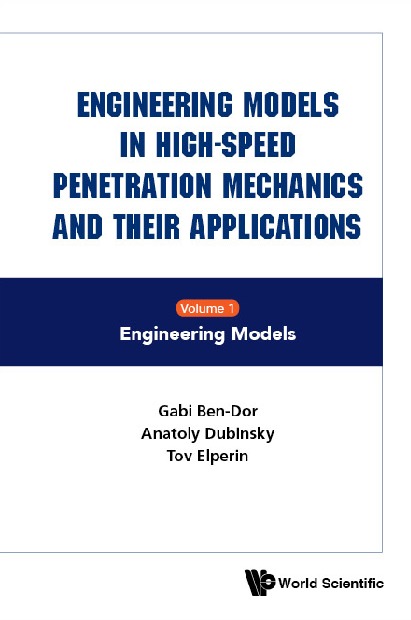



.jpg)

